Cross-country skiing (XC skiing) is a fun, low-cost way to enjoy winter while staying active. Unlike downhill skiing, it’s less crowded, easier to learn, and doesn’t require fancy resorts. Plus, it’s a full-body workout that’s gentle on your joints.
For beginners, compact skis like Snowfeet NORDIC Cross-country Skate Skis simplify the learning process. They’re shorter (just 35 inches), lightweight, and work with regular winter boots, saving you money and hassle. You can practice on flat snow in your backyard, local parks, or beginner-friendly trails.
Here’s what you need to know to get started:
- Styles: Choose between classic skiing (easy gliding), skate skiing (faster, like ice skating), or backcountry skiing (ungroomed terrain).
- Gear: Basic setup includes skis, boots, bindings, and poles. Snowfeet skis are a great starter option since they’re portable and beginner-friendly.
- Techniques: Focus on balance, weight shifting, and simple movements like gliding and stopping.
Dress in layers, stay hydrated, and most importantly, have fun. XC skiing is about enjoying the snowy scenery while learning at your own pace. Whether you’re aiming to get fit or just relax, it’s a perfect winter activity for everyone.
Cross-Country Skiing Basics
What Is Cross-Country Skiing?
Cross-country skiing, or XC skiing (sometimes called Nordic skiing), is a whole different ballgame compared to the skiing you might see at big resorts. Forget chairlifts and steep downhill runs - this is all about powering yourself across flat or gently rolling snowy terrain. It’s a workout, no doubt about it, but that’s part of the fun.
The gear is quite different too. Cross-country skis, often called "skinny skis", are lighter and narrower than alpine skis. The bindings are unique as well, leaving your heel free to lift, which creates a natural, walking-like motion. This freedom of movement means you’re not just coasting downhill - you’re engaging your legs, core, and arms the entire time. It’s a fantastic way to stay active and enjoy the winter scenery.
Types of Cross-Country Skiing
Cross-country skiing comes in three main styles, each with its own vibe and skill set. Picking the right one depends on your goals and fitness level.
- Classic Skiing: This is the style most people picture when they think about cross-country skiing. It’s all about the "diagonal stride" or "kick and glide", which is like walking on skis. You push off with one ski while gliding on the other, often in groomed parallel tracks. It’s straightforward and beginner-friendly.
- Skate Skiing: Imagine speed skating on snow. The skis form a V-shape as you push off, making this style faster and more intense. While it looks a bit tricky at first, if you’ve ever ice-skated, you might find the movement surprisingly familiar. It’s a great choice for those looking for a more dynamic workout.
- Backcountry Skiing: This one’s for the adventurers. It’s all about exploring ungroomed, wild terrain. Because this style can be more challenging and requires some safety know-how, it’s best to tackle after you’ve got the basics down.
For beginners, skate skiing can be easier to pick up with the right gear. Compact options like Snowfeet* NORDIC Cross-country Skate Skis - just 35 inches (90 cm) long - are designed to simplify the learning process. Their shorter, lighter design offers better control and makes mastering the technique less intimidating compared to traditional skis, which are much longer.
Basic Terms You Need to Know
Learning a few key terms can help you hit the snow with confidence:
- Kick Zone: This is the section under the middle of your classic skis, also called the grip zone or wax pocket. When you press your weight onto one ski, this area grips the snow, giving you the traction needed to push off. Traditional skis often require kick wax here, but Snowfeet* Nordic skis skip the hassle by using pre-textured grips for better traction - perfect for beginners.
- Glide Zone: These are the front and back parts of your skis, designed to slide smoothly over the snow. While glide wax can improve performance by reducing friction, many casual skiers enjoy the natural glide without extra prep.
- Weight Transfer: This is the art of smoothly shifting your weight from one ski to the other while keeping your balance. It’s a crucial skill for both classic and skate skiing.
- Balanced Stance: A strong stance is your foundation. Stand with feet shoulder-width apart, and bend slightly at the hips, knees, and ankles. Keeping your weight centered on the balls of your feet helps with balance and control.
- Double Poling: On flat terrain, you can push off with both poles at the same time to gain speed. It’s a handy technique when you want to give your legs a bit of a break without losing momentum. Snowfeet* skis, with their compact design, make this technique especially effective for those just starting out.
Cross-country skiing isn’t just a workout - it’s a way to connect with winter landscapes while staying active. Whether you’re gliding along groomed trails or venturing into the backcountry, there’s a style and pace for everyone.
Gear You Need to Get Started
Basic Equipment List
Getting started with cross-country skiing doesn’t require a ton of gear - just the essentials: skis, boots, bindings, and poles. Traditional cross-country skis are usually 6 to 8 feet long, which can be a bit much for beginners still figuring out balance and control. Plus, you’ll need Nordic boots (prices range from $150 to $300) and bindings that are only compatible with those boots. Poles are helpful for balance and propulsion but aren’t strictly necessary when you’re just starting out.
If all that sounds like a lot, there’s a simpler option: Snowfeet* NORDIC Cross-country Skate Skis. These compact skis cut down on the complexity, making them a great choice for beginners.
Why Snowfeet* NORDIC Cross-country Skate Skis Work Best
Snowfeet* NORDIC skis are designed to address the common challenges beginners face. At just 35 inches (90 cm) long, they’re much shorter and lighter than traditional skis. This makes them easier to handle, especially when you’re learning how to balance and shift your weight properly.
One standout feature? Shoe compatibility. Instead of investing in specialized Nordic boots, you can use any sturdy winter boots you already own. This saves you money and makes it easier to give cross-country skiing a try without a big upfront cost.
Portability is another big win. These skis fit in a backpack or car trunk, so you can skip the hassle of roof racks or extra gear space. Whether you’re heading to a snowy trail, a park, or even your backyard, packing up and hitting the snow is a breeze.
Shorter skis also mean a gentler learning curve. You can focus on enjoying the glide and building confidence instead of wrestling with oversized equipment. And with a price tag of $250–$275, Snowfeet* NORDIC skis are far more affordable than a traditional setup, which can run $400–$800+ when you factor in boots and bindings.
Snowfeet* vs. Traditional Skis and Snowboards
Here’s how Snowfeet* stacks up against traditional cross-country skis and snowboards:
| Feature | Snowfeet* NORDIC | Traditional XC Skis | Snowboards |
|---|---|---|---|
| Length | 35 inches (90 cm) | 72–96 inches (180–245 cm) | 48–65 inches (120–165 cm) |
| Weight | Ultra-lightweight | Heavier and bulkier | Moderate to heavy |
| Shoe Compatibility | Any winter boots | Specialized Nordic boots only | Snowboard boots only |
| Portability | Fits in a backpack | Requires roof racks or extra vehicle space | Moderate transport needs |
| Learning Difficulty | Beginner-friendly | Steeper learning curve | Moderate to difficult |
| Price Range | $250–$275 | $400–$800+ (with boots/bindings) | $300–$600+ (with boots/bindings) |
| Terrain Options | Trails, parks, backyards | Mostly groomed trails | Ski resorts, mountains |
Traditional cross-country skis, like those from brands such as Rossignol or Salomon, are fantastic for seasoned skiers tackling groomed trails. But their longer length, specialized gear, and steeper learning curve can make them intimidating for beginners.
Snowboards, on the other hand, are built for downhill fun at ski resorts. They come with their own set of requirements - lift tickets, snowboard boots, and specific terrain - making them less practical for exploring local snowy spots.
Snowfeet* NORDIC skis fill the gap perfectly. They let you enjoy the freedom of cross-country skiing without the complexity, high costs, or steep learning curve of traditional equipment. Whether you’re hitting a trail or just enjoying some snowy fun nearby, Snowfeet* makes it easy to dive in and enjoy.
Basic Techniques and Movement
Balance and Gliding with Snowfeet*
Snowfeet* NORDIC skis are a game-changer when it comes to learning balance. At just 35 inches long, their compact size makes them more responsive to your movements, giving you the ability to adjust quickly and stay steady on your feet.
Start by finding your center of gravity. On flat snow, stand with your skis parallel and about shoulder-width apart. Distribute your weight evenly between both feet and lean slightly forward from your ankles - not your waist. Think of it like standing on a skateboard: balanced but ready to move.
Once you’re comfortable balancing, gliding comes naturally. Gently push off with one foot while the other ski stays flat on the snow. The shorter length of Snowfeet* means you won’t pick up as much speed as you would with longer skis, giving you better control as you practice.
Try the weight shift technique to get a feel for movement. Lift one ski slightly off the snow, then switch to the other. With less weight and no long ski tips to worry about, this is much easier to manage than traditional skis. Plus, using your regular winter boots provides familiar ankle support, unlike the stiffer Nordic boots used in classic setups.
Once you’ve nailed balance, it’s time to focus on mastering basic movements.
Core Movements: Striding, Stopping, and Turning
To move forward, use a skate stride. This is different from the diagonal stride used with longer skis. Push off at a slight angle with one ski while gliding forward on the other - similar to ice skating or rollerblading. With Snowfeet*, shorter steps feel more natural. Start with small pushes, about 12–18 inches to the side, and increase your range as you gain confidence.
Stopping is one area where Snowfeet* make life easier for beginners. The snowplow stop is your go-to: angle your ski tips into a "V" shape and push your heels outward. The shorter skis make this maneuver quick and simple, without the awkwardness of longer skis. Another option is the step stop - just step to the side for a smooth, controlled halt.
Turning feels intuitive with these shorter skis. For basic turns, shift your weight to the outside ski while letting the inside ski follow along. The compact design means you can make tighter turns and handle narrow trails with ease. Start with step turns, where you step in the direction you want to go, before moving on to more advanced carved turns. Snowfeet* make these movements straightforward, helping you feel in control from the start.
Building Your Confidence
Once you’ve got the basics down, it’s time to build confidence by gradually increasing the challenges. Snowfeet* are perfect for this, thanks to their easy handling. Begin on flat terrain to get comfortable, setting small, manageable goals for each practice session.
For example, on your first day, aim to stand and balance for 30 seconds. By day two, try taking five gliding steps forward. By day three, work on your first successful stop. This step-by-step approach helps you avoid the frustration that often comes with tackling too much too soon.
A fun exercise to try is the "falling leaf" drill. Glide forward while shifting your weight from ski to ski, creating a gentle zigzag pattern down a small slope. With Snowfeet*, this feels more like skateboarding than traditional skiing, which many beginners find less intimidating.
One of the best things about learning on Snowfeet* is how forgiving they are. If you lose balance or catch an edge, you won’t have to deal with the drama of long skis tangling up or causing a hard fall. Their shorter length and the support of your regular boots mean you can often just step out of trouble, similar to walking on icy ground.
Start with 20–30 minute practice sessions. While Snowfeet* have a gentler learning curve, you’ll still be using muscles in new ways. As you get more comfortable, you’ll naturally extend your sessions and start exploring more varied terrain.
Picking Your First Trail
Best Beginner Trails in the US
Starting your cross-country skiing journey on the right trail can make all the difference. For beginners, green or novice trails are your best bet. These trails usually feature gentle slopes and easy terrain, giving you the perfect space to practice balance and gliding.
Groomed trails are particularly helpful for first-timers. These trails have smooth, even surfaces that reduce bumps and obstacles, making it easier to stay in control - especially with gear like Snowfeet*. Rail-trails are another great option, offering straight paths with gentle grades (typically under 3%).
When picking a trail, look for locations with rolling terrain that avoid steep climbs or avalanche-prone areas. Accessibility is also key - think about parking, trailhead facilities, and nearby amenities. These conveniences can make your first outings much simpler and more enjoyable.
Before heading out, take a moment to review safety tips and trail conditions to ensure everything goes smoothly.
Trail Conditions and Safety
Always check trail conditions and weather forecasts before you set out. Conditions can change quickly, and being prepared is half the battle.
Use clear maps and stick to well-marked routes that show difficulty levels and distances. Following proper trail etiquette - like yielding to faster skiers, obeying posted signs, and being courteous to others - helps keep the experience safe and enjoyable for everyone.
Pay attention to the temperature, too. Dress in layers so you can adjust to changing conditions throughout the day. For beginners, extremely cold weather can be tough, while near-freezing temperatures might result in slushy snow that’s harder to navigate.
When combined with the versatility of Snowfeet*, these precautions make for a worry-free day on the trails.
How Snowfeet* Makes Trail Access Easier
Snowfeet* make getting to and enjoying the trails a breeze. Their compact 35-inch size means they fit easily in your car trunk - no need for bulky roof racks or complicated transport setups.
This portability opens up a world of options. While traditional Nordic skis work best on groomed trails, Snowfeet* let you explore beyond the usual spots. You can glide on snow-covered hiking paths, local parks, golf courses, or even your backyard. This freedom saves you from relying solely on expensive Nordic centers or ski resorts.
Another plus? You can use regular winter boots with Snowfeet*, making it easier to hit the trails on a whim. Whether you're dealing with packed powder, light ice, or shallow snow over grass, Snowfeet* adapt better than the longer, narrower Nordic skis that require specific conditions.
This flexibility means more opportunities to ski throughout the season, giving you extra practice and helping you build confidence on your way to becoming a skilled cross-country skier.
sbb-itb-17ade95
Tips for a Great First Experience
How to Dress for Comfort and Warmth
Staying warm and comfortable on the snow starts with smart layering. The trick is choosing materials that keep you dry and move with you.
Start with a moisture-wicking base layer made of synthetic material or merino wool - steer clear of cotton! As REI explains:
"Dress in non-cotton layers that move easily and wick sweat."
Next, add a middle layer for insulation. A lightweight fleece or synthetic insulated jacket works great, providing warmth without restricting your movement. For your outer layer, pick something that blocks wind and light snow while staying breathable - no need for anything too heavy since you'll warm up as you move.
Don’t forget your extremities! A warm hat and insulated gloves with good grip are essential for holding your poles securely. If you're using Snowfeet*, you can stick with your regular waterproof winter boots, as long as they offer solid ankle support. This way, you can skip spending big on specialized Nordic ski boots until you're sure the sport is for you.
Pro tip: Start your day feeling just a little cool - you’ll warm up quickly once you hit the trails. Adjust your layers as needed to stay comfortable.
Stay Hydrated and Keep Your Energy Up
Once you're dressed for success, don’t overlook hydration and snacks. Cross-country skiing is a workout, especially when you're learning the ropes and adjusting to the new movements.
Pack a small waist pack with water and some easy snacks like trail mix or energy bars. Take breaks to sip and snack - these pauses are perfect for soaking in the snowy scenery, too.
Pay attention to how you're feeling. If you're getting tired or your technique starts to falter, it’s okay to take a break. Enjoying the experience is way more important than pushing yourself too hard.
Focus on Having Fun
With your gear and energy sorted, shift your mindset to what really matters: having fun. Your first time cross-country skiing is about exploring and enjoying, not nailing every move.
Don’t stress about falling or wobbling - it’s all part of learning. Snowfeet*’s compact design makes it easier to recover from small mistakes compared to traditional long skis, so every stumble is just another step forward.
Take in the beauty of the winter landscape and enjoy the calming rhythm of gliding across the snow. Celebrate small wins, whether it's staying upright a little longer or mastering your first smooth glide.
Everyone learns at their own pace, and the flexibility of Snowfeet* means you can even practice in your local park or backyard. This low-pressure environment makes it easy to build confidence before heading out to bigger trails.
Above all, don’t take yourself too seriously. Laugh at the tumbles, savor the glide, and let the joy of skiing guide you. A relaxed attitude will help you grow from a beginner to a confident skier in no time.
How to Cross Country Ski: A Beginner’s Guide - Part 2 | PSIA-AASI

Your Path to Cross-Country Skiing Success
Starting your cross-country skiing adventure doesn’t have to be complicated. With the right basics, smart gear choices, and well-selected trails, you’re on your way to enjoying this incredible winter sport. It’s all about understanding the essentials, finding the right equipment, and getting comfortable with the movements.
If you’re looking for an easy and beginner-friendly way to dive in, Snowfeet* might be just what you need. At only 35 inches long and designed to work with regular winter boots, they’re a budget-friendly alternative to traditional setups. Plus, they’re compact enough to toss in a backpack, making them super convenient. Unlike traditional skis that often need roof racks and limit you to groomed trails, Snowfeet* let you explore anywhere - from your local park to Nordic centers. This flexibility means you can get started without the hassle of bulky equipment.
Learning any new skill takes time, but Snowfeet* are designed to speed up the process. Their compact size gives you better control and stability, making it easier to build confidence and skill with each outing.
With the right mindset and gear, your first trail can be both fun and stress-free. Picture yourself gliding along, breathing in the crisp winter air, and feeling the satisfaction of propelling yourself across the snow. Each outing will help improve your technique and grow your love for the sport.
Cross-country skiing is more than just a workout - it’s a whole new way to enjoy winter. Whether you’re chasing fitness goals, craving adventure, or simply looking for a peaceful escape into snowy landscapes, this sport has something for everyone. With Snowfeet* as your starting point, you’re set up to hit the snow with confidence and excitement.
The trails are calling - grab your gear and make your first tracks today!
FAQs
How are Snowfeet NORDIC Cross-country Skate Skis different from traditional cross-country skis?
Snowfeet NORDIC Cross-country Skate Skis are a game-changer for anyone looking to enjoy cross-country skiing without the hassle of traditional gear. These skis are shorter, lighter, and easier to use, making them a great alternative to the standard setup.
One of the coolest features? They attach to almost any winter shoe, so there’s no need to splurge on bulky, specialized ski boots. At just 90 cm long, they’re compact and much easier to control, especially for beginners. Their lightweight design means better maneuverability, helping you feel more confident and making the learning process way more enjoyable than with traditional skis.
What’s the best cross-country skiing style for my fitness level and goals?
Cross-country skiing offers two main styles: classic and skate. Classic skiing is a great starting point, especially for beginners or anyone looking for a more laid-back activity. The motion is similar to walking, making it easier to pick up and perfect for cruising along flat or gently rolling trails. On the flip side, skate skiing is all about speed and energy. It’s a bit like ice skating, requiring more strength and endurance - perfect if you’re chasing a high-intensity workout.
For newcomers, starting with classic skiing and trying out the Snowfeet* NORDIC Cross-country Skate Skis (90 cm) can make the process much easier. These shorter, lightweight skis are simpler to handle than traditional ones, helping you find your balance quickly and enjoy the ride right from the get-go. What’s even better? Their compact design works for both classic and skate-style skiing, so you can try both techniques as you gain confidence and skill.
What should I consider when picking a trail for my first cross-country skiing adventure?
For your first time cross-country skiing, stick to beginner-friendly trails. These are typically flat or have gentle slopes and are often marked as green trails. They’re perfect for helping you get comfortable with your balance and technique. Steer clear of blue or black trails for now - those tend to be steeper and trickier, making falls more likely.
Before heading out, take a moment to check the weather and trail conditions. Well-groomed trails are much easier to navigate, especially when you're just starting. Opt for shorter routes too, so you can ease into the sport without pushing yourself too hard. Picking the right trail can make all the difference in turning your first outing into a fun and positive experience!





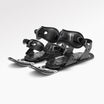

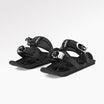
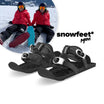

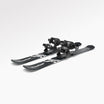

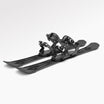
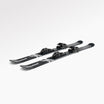
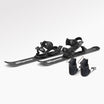







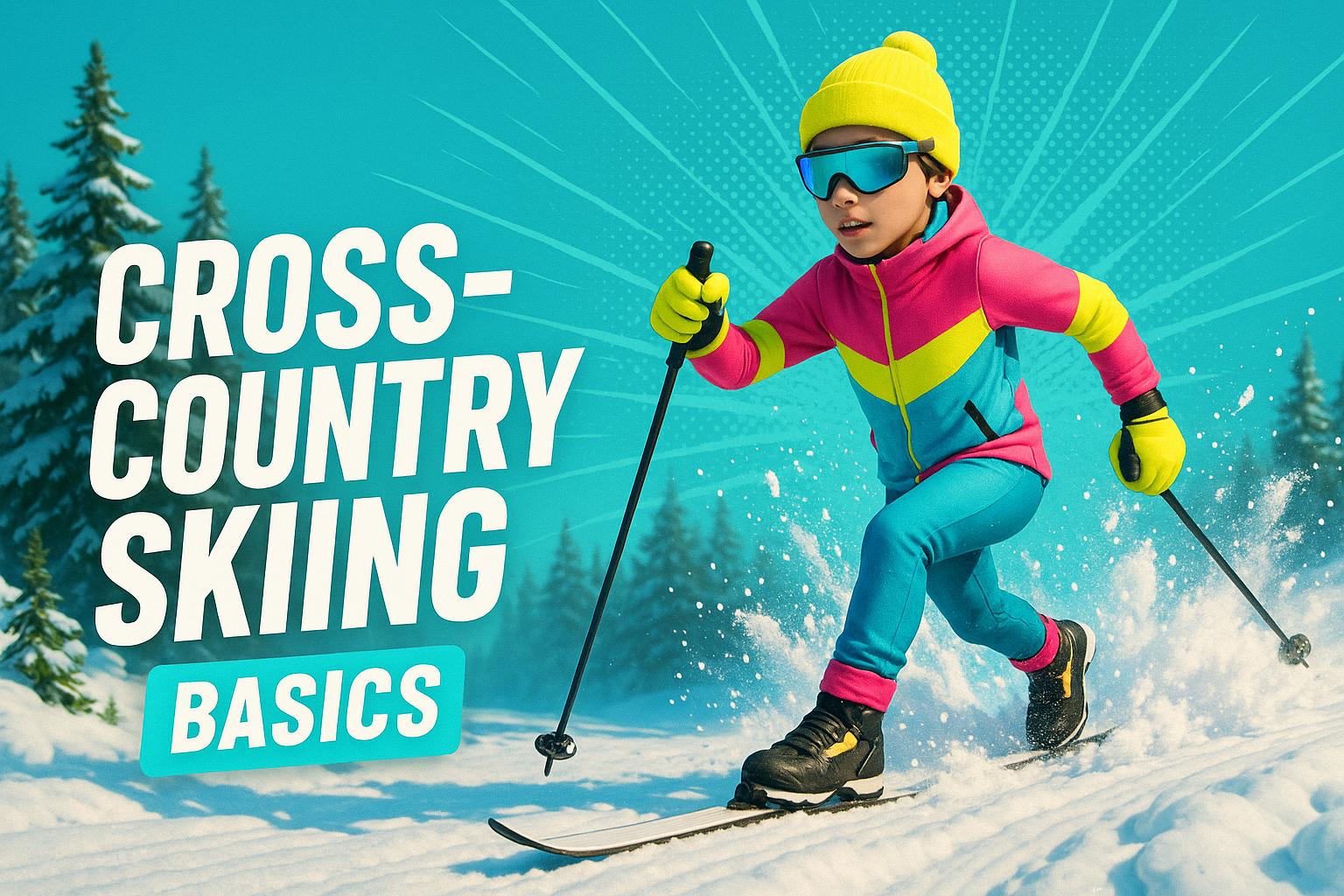
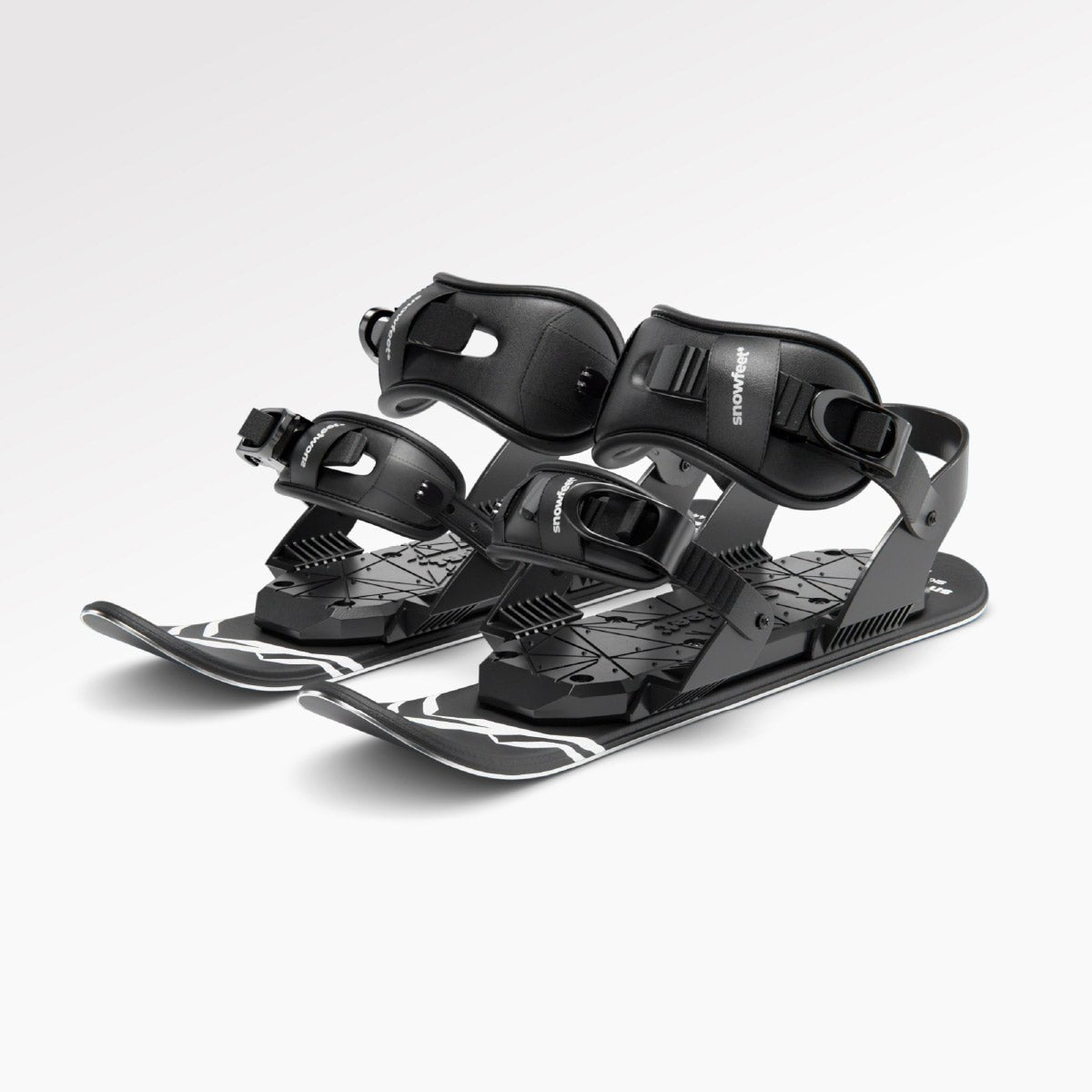

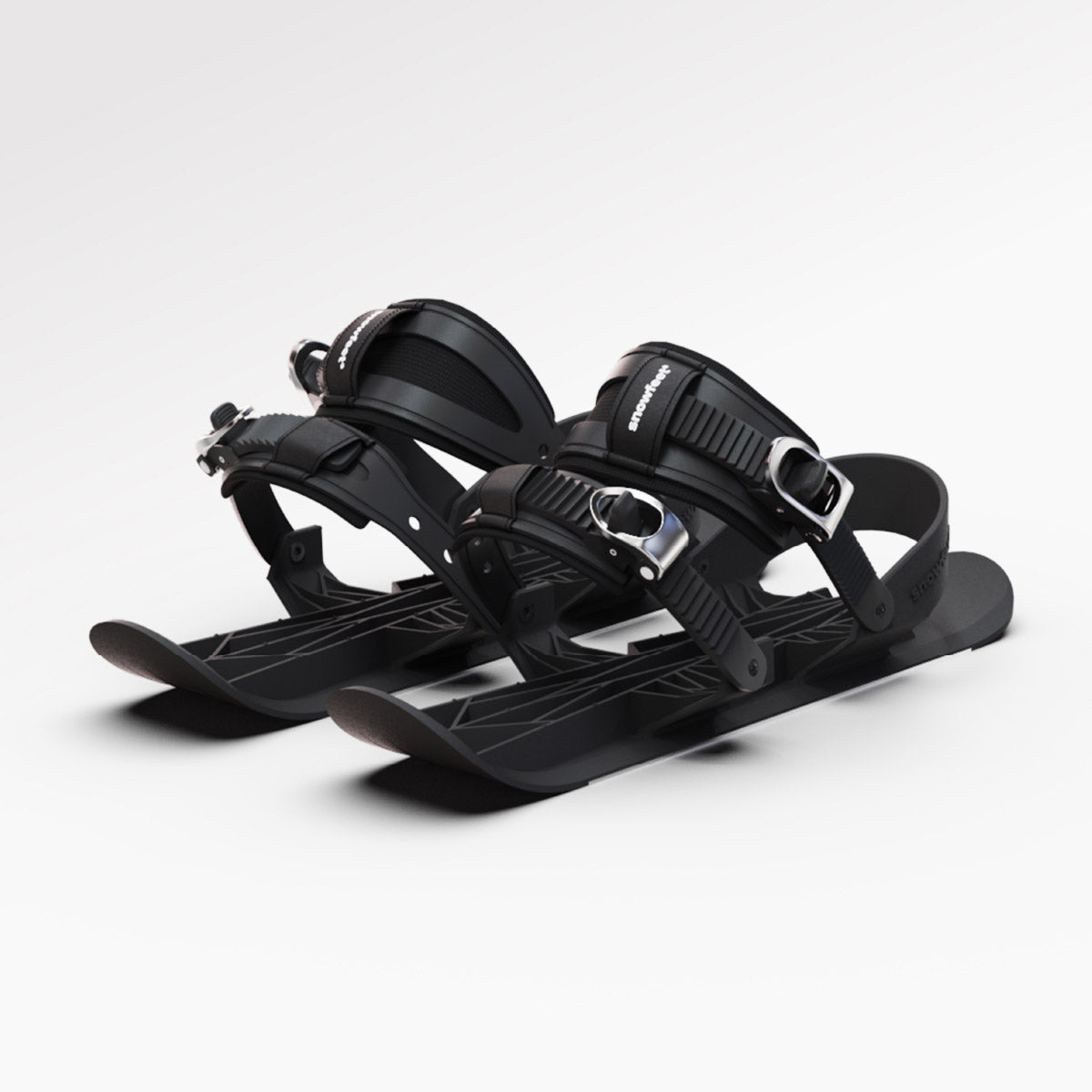

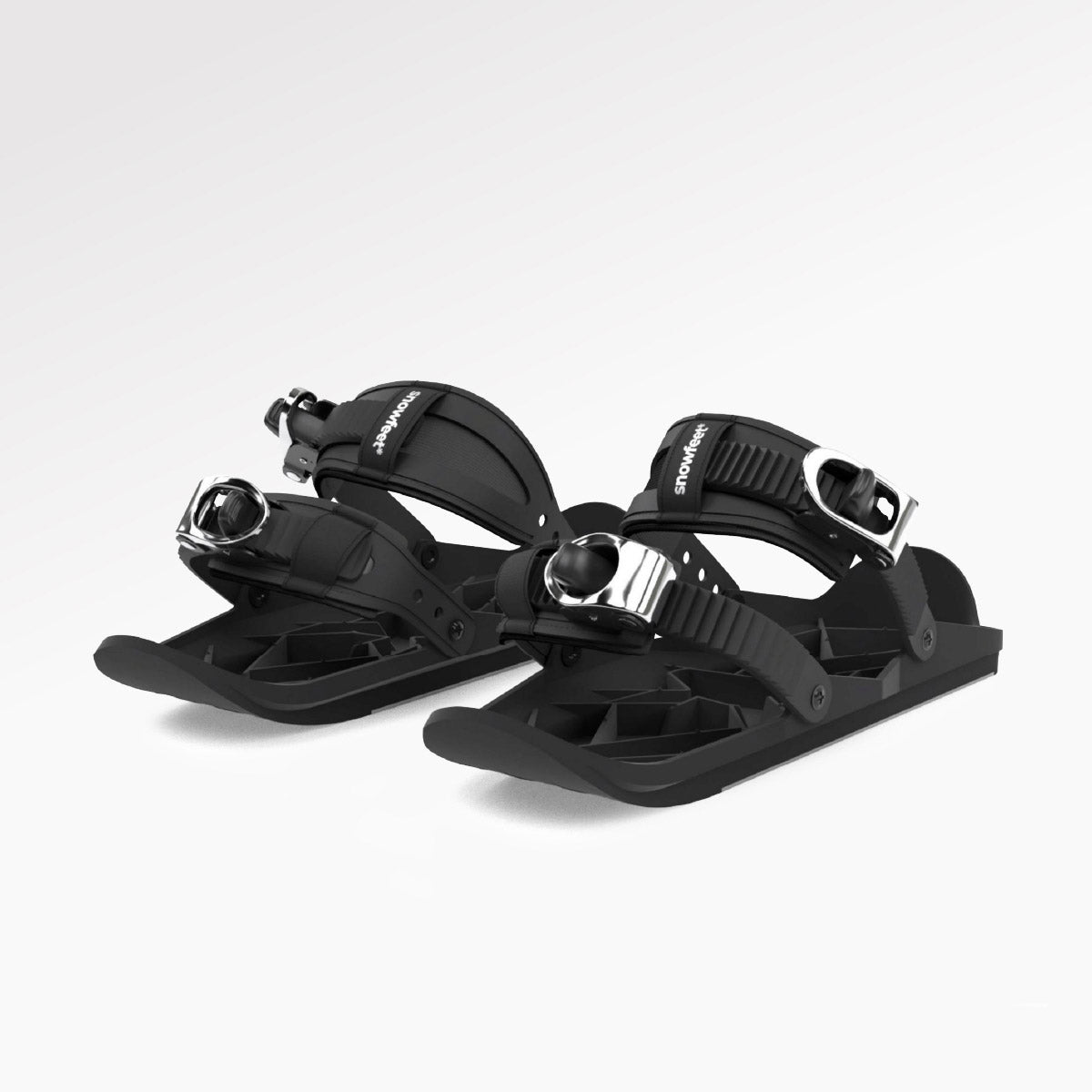



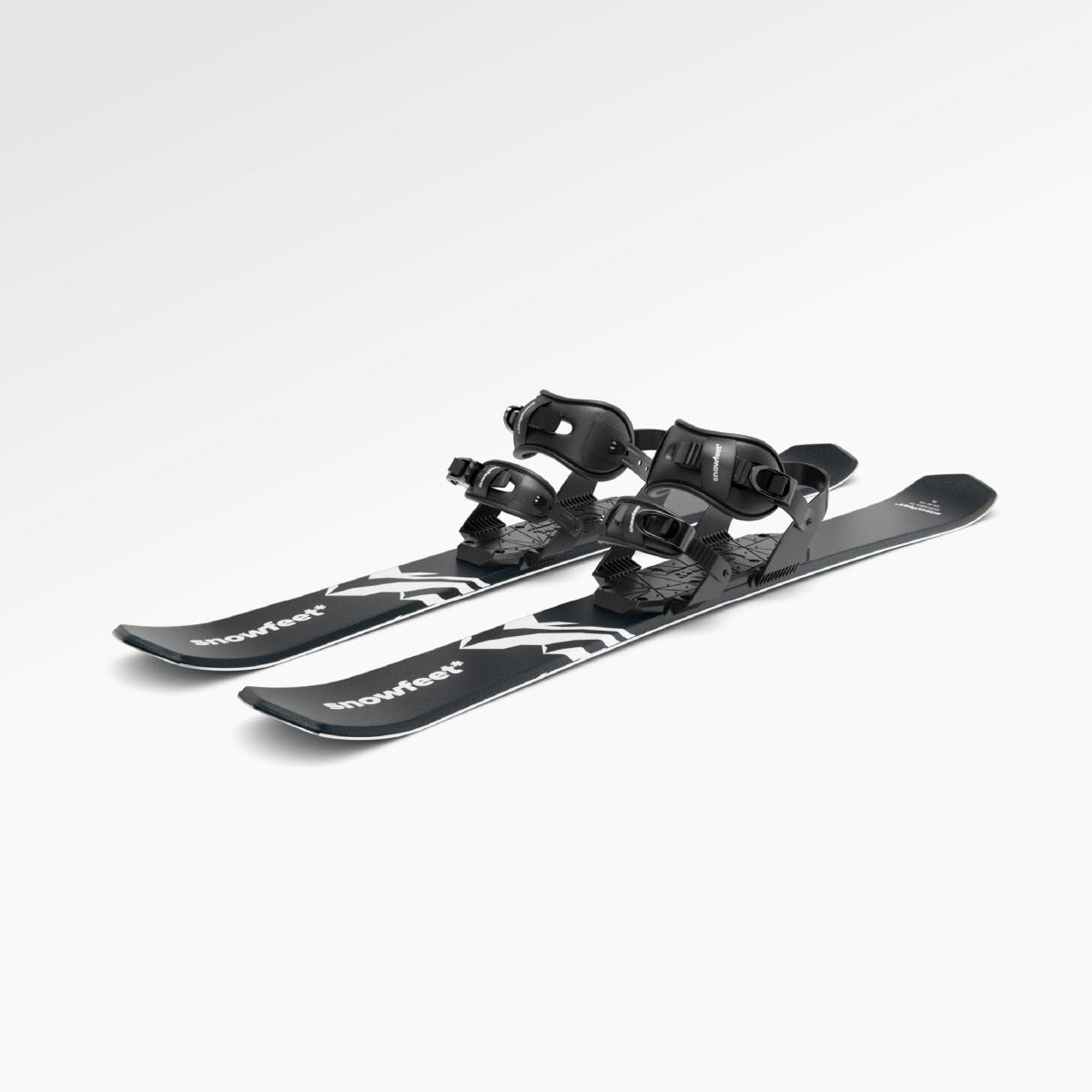

Deja un comentario
Este sitio está protegido por hCaptcha y se aplican la Política de privacidad de hCaptcha y los Términos del servicio.